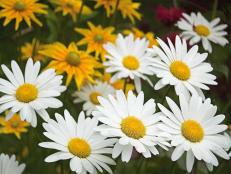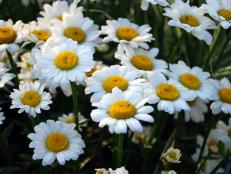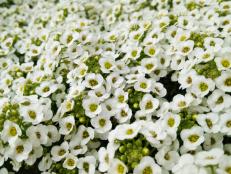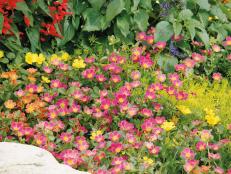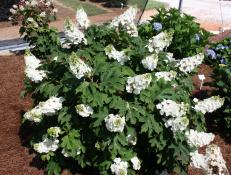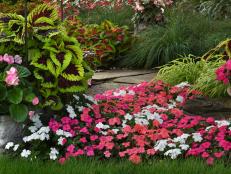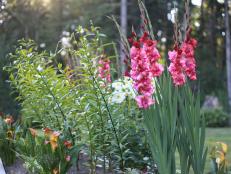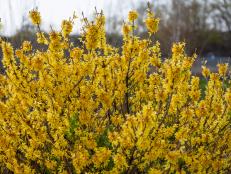How to Grow Gerbera Daisy
Learn about beautiful gerbera daisies and what it takes to achieve garden success with these jewel-tone bloomers.
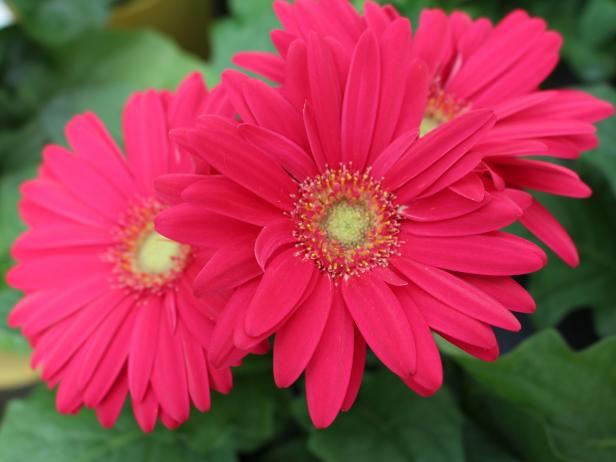
Revolution 'Bright Rose Light Eye' gerbera from KieftSeed.
Buy gerbera daisy to tuck into the garden, and you may wind up disappointed — unless you learn a few of this African daisy's secrets. Gerbera daisy, known botanically as Gerbera jamesonii, is a tricky plant to grow. Native to the Transvaal region of South Africa, this exquisite bloomer opens spectacular daisy-type flowers in a rainbow of hues, including shades of orange, gold, red or pink. The only colors missing from the rainbow are blue or purple tones.
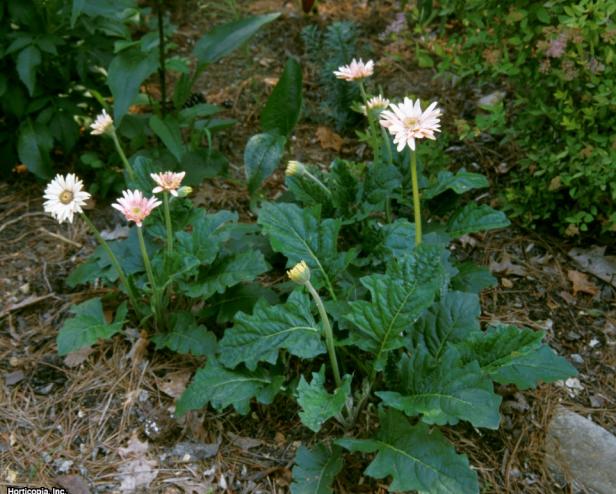
Gerbera Daisy Traits
Sometimes called gerber daisy, this lovely flower features velvety smooth petals surrounding a center eye that might be green, brown, black or even a deep red. Some gerbera daisy blooms have double the number of petals; others have a fuzzy ring around the center, giving the blossoms eye-pleasing texture.
Typically, gerbera daisy blossoms measure from 2 to 5 inches across and stand atop leafless stems that usually rise 6 inches above leaves.
Fertilizing
Encourage flower formation by applying liquid bloom booster fertilizer to plants in pots or planting beds. Remove spent blooms by snipping at the base of the stem.
Soil and Sun Needs
Gerbera daisies prefer full sun and sandy soil.
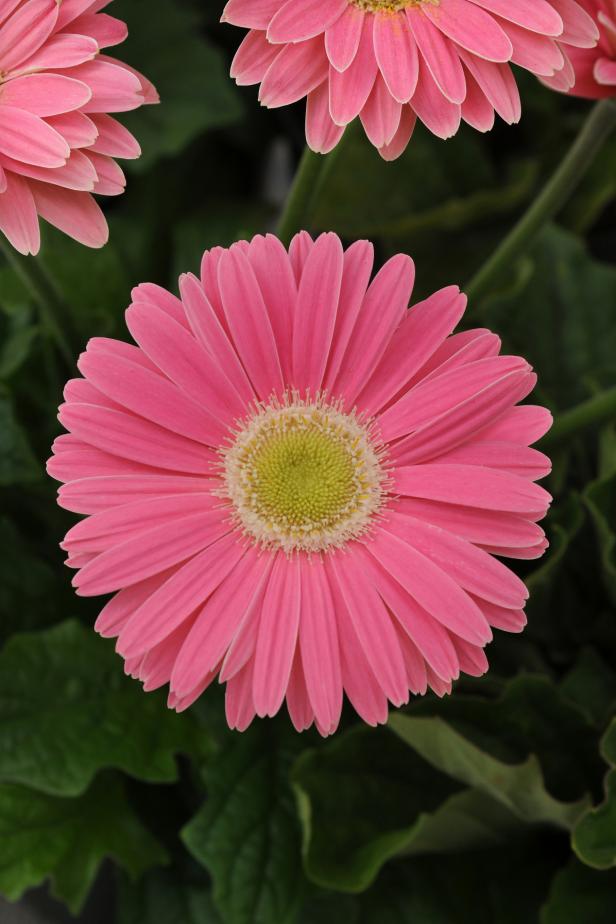
Courtesy of National Garden Bureau
Heavy, wet soil can quickly wipe out the healthiest gerbera daisy. If your yard features heavy soil, plan to grow gerber daisies in raised beds or containers with a lightweight soil. Work compost into clay or sandy soils to lighten them. In planting beds, give gerbera daisies 12 to 18 inches of elbow room between plants.
Diseases and Pests
These pretty bloomers are susceptible to crown rot which is caused by gerbera daisy crowns being planted too deeply. When planting, tuck each gerbera daisy into soil so that the crown or growing point stands above the soil line. Never place mulch directly against the plant crown; keep it pulled back a few inches. It's also best to avoid overhead irrigation. If you water by hand, aim to deliver water directly to soil surrounding the plant, instead of dousing the plant itself. Water in the morning to give leaves the day to dry out to prevent fungal disease.
Pests of the gerbera include catepillars and leaf miners. Use an organic spray such as neem oil or pyrethrum to combat these pests.

Mega Revolution 'Salmon Pink Dark Eye' Gerbera from KieftSeed
Replanting
Over time, the plant crown tends to sink below soil. Plan to dig and replant gerbera daisies every other fall. Use a garden fork to gently lift plants from soil. Before replanting, remove decaying leaves and any dead roots. It’s also a good idea to remove one-half of the remaining mature leaves. Tuck plants back into soil, taking care to keep the crown slightly above the soil line. Keep newly planted gerber daisies moist.
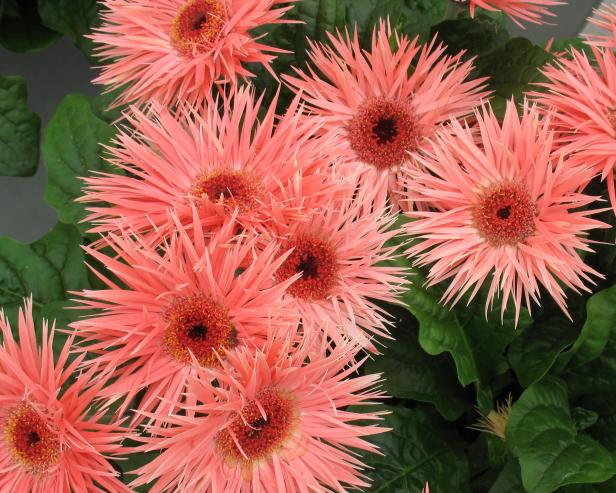
Courtesy National Garden Bureau
'Festival' gerberas come in many forms. Some have the usual daisy-like blooms, while others are pom-pom shaped. This salmon flower is a 'spider' type, with petals that are thin and narrow. Although gerberas are only hardy in zones 8 to 10, you can often overwinter them in containers.
Perennial or Annual?
Gerbera daisy is classified as an annual, but it actually tolerates temperatures as low as 30 degrees F, which means in the warmest parts of the country, it behaves like a perennial. African daisy is reliably winter-hardy in Zones 9 to 11, which corresponds to Central and South Florida, the Coastal South and parts of the Desert Southwest and Southern California.
Overwintering
Some gardeners report success with overwintering gerbera daisy in Zone 8 if they apply a top-dressing of winter mulch. This is a tricky proposition, though, because gerbera daisies are susceptible to crown rot, and a mound of mulch over the crown can lead to problems, especially if the ground doesn't drain well, so exercise caution if you go this route.







